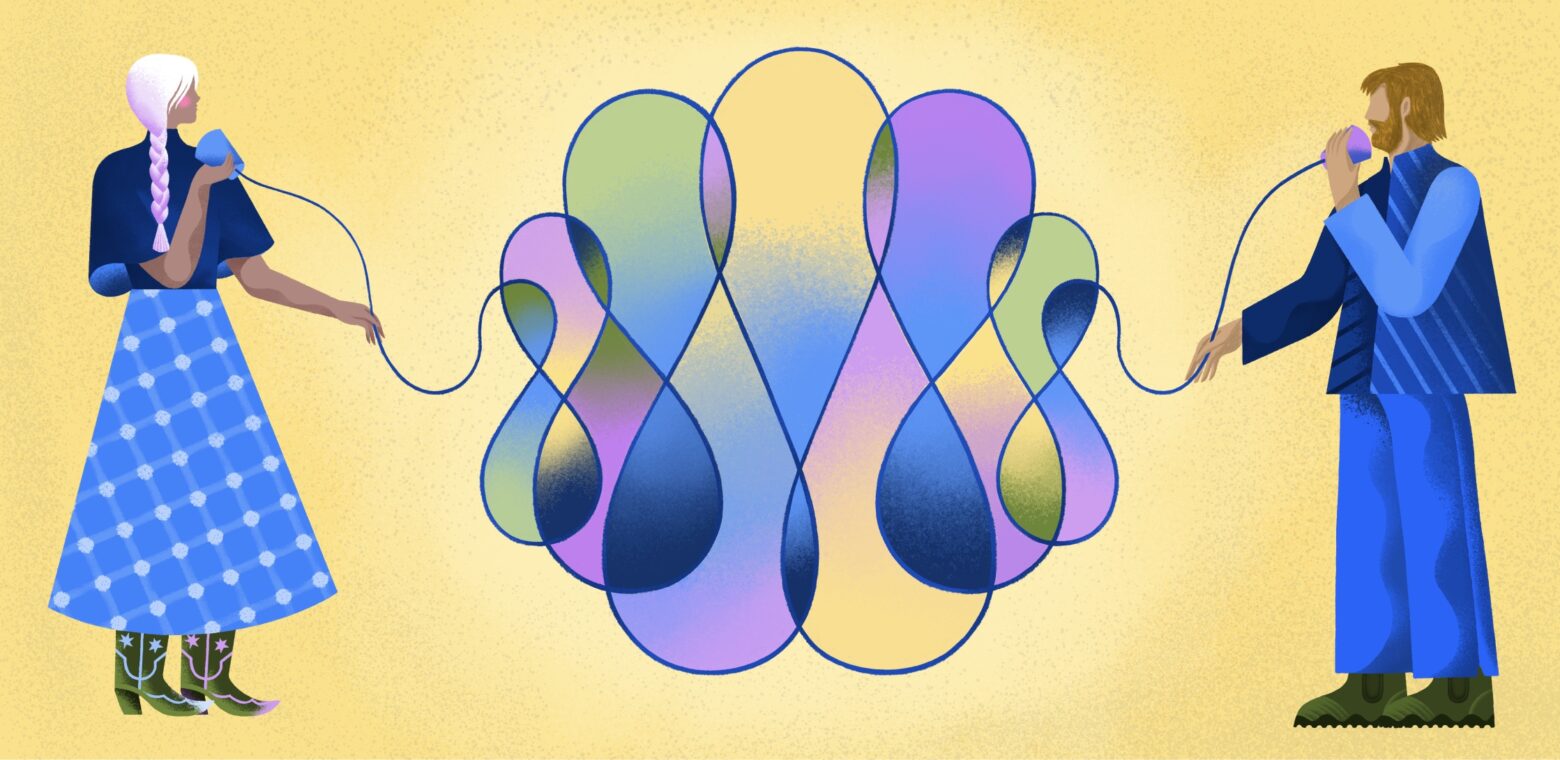5 ways to foster inclusive communication in the workplace
Communication is a powerful lever for building understanding, trust, and collaboration among individuals from different backgrounds.
Two years ago, after spending years in communication, education, and Diversity, Equity, and Inclusion (DEI) spaces, I accepted a brand new role at Atlassian: a communications manager in deep partnership with our Sustainability and DEI teams. This role puts me in a unique position to strategize and influence our communication efforts – both internal and external – to maximize our potential for fostering belonging and promoting equity for our employees and our customers.
Organizations across various industries are increasingly recognizing the importance of diverse and inclusive workplaces, and many are making genuine efforts to address systemic biases and promote equitable opportunities for underrepresented groups. And the way we communicate is a powerful lever for building understanding, trust, and collaboration among individuals from different backgrounds.
Here are five ways we’re working to cultivate inclusive communication across Atlassian teams.
resource
To get started, try this guide to inclusive language and vocabulary, with a focus on startups and tech.
5 ways to foster inclusive communication in the workplace
1. Say exactly what you mean
When we communicate at work – especially with folks in specialized industries – we often tend to use acronyms, cultural expressions, or regional slang that we understand, but our audiences and listeners may not. This language also often has historical context or dual meanings that could be exclusionary in nature. To avoid this, get in the habit of using more plainspoken language and vocabulary; in other words, say exactly what you mean to avoid any confusion.
Of course, this applies to words and phrases with exclusionary or biased implications and origins (think “blacklist/whitelist” or “master/slave”) but also terms like “North Star,” which might be offputting to audiences who live in the Southern hemisphere.
2. Use gender-neutral language.
When we write, and even more so when we speak, we often use gendered language without noticing. Instead of “hey, guys” try “hello, everyone,” and instead of “mailman” try “postal worker.” And instead of making assumptions about individuals’ gender by using “Ms.” or “Mr.,” try using the person’s name, and “they.” These are easy, straightforward habits that can make a real difference in cultivating an inclusive environment.
3. Make it accessible
Communications teams often overlook the issue of accessibility – that is, catering to people with disabilities, who live in a different location, or are new to your company or industry. Consider text style, color, and format for screen readers; ensure closed captioning and transcripts are available on your video calls and recordings. If you use an acronym, be sure to introduce its full meaning in your first use, and when referencing a time or date, be mindful of date formatting and time zones.
4. Practice
Language is always changing and evolving. Words develop new meanings, context, and nuance, and we’re always adding brand new words to our collective vocabulary. To keep up with these changes, we also need to maintain the “practice” of inclusive language. Challenge yourself to write short paragraphs with gender-neutral language, eliminate one of your most-used exclusive terms, or speak up when you notice a colleague using exclusive language.
5. Stay open to change
None of us will always get it right, but being open to feedback and willing to change is more important anyway. Your writing and verbal interactions can always become more inclusive, so get comfortable with the work in progress. When you’re given feedback, show gratitude, apologize for any unintended harm, and move forward a little bit wiser.













































